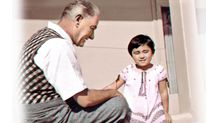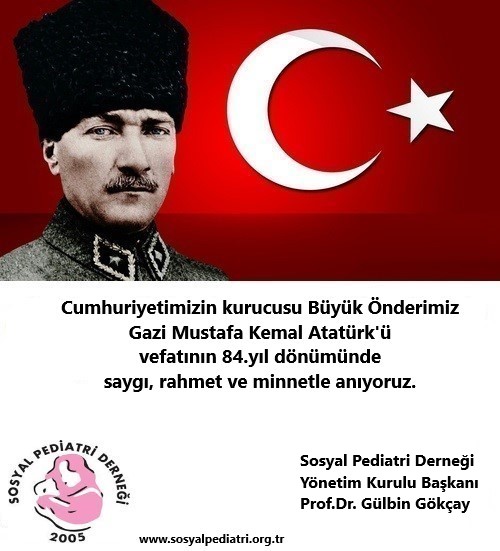Siddika Songul Yalçin 1, Meryem Erat Nergiz 2, Ömur Cinar Elci 3, Monica Zikusooka 3, Suzan Yalçin 4, Mustafa Bahadir Sucakli 3, Kanuni Keklik
Abstract
Background: We evaluated (a) opinion of Syrian and Turkish healthcare workers (HCWs), and perceptions and attitudes of Syrian refugee mothers, pregnant women, fathers and grandmothers on age-appropriate breastfeeding, (b) the effect of cultural characteristics, migration and pandemics on Syrian's infant nutrition, and (c) the suggestions of HCWs and Syrian family members to improve breastfeeding practices in the Syrian refugee society in a qualitative study.
Methods: The qualitative study consisting of structured focus group discussions (FGDs) was held in four provinces in Turkey where Syrian refugees live intensely in September and October 2020. Seven different types of online FGDs were held with Turkish HCWs working in maternity hospitals, Syrian HCWs working in Refugee Health Centers (RHCs), Syrian pregnant women, mothers, fathers, and grandmothers. In total, we carried out 46 FGDs with 335 individuals. Thematic analysis of the transcripts in a deductive-inductive fashion was carried out with MAXQDA 11.
Results: Most Syrian HCWs did not get any training on breastfeeding counseling. The short duration of breastfeeding in Syrian refugees was seen to be related to the cultural characteristics, and migration. Some cultural characteristics can be summarized as "believing that breastfeeding harms mother's health", "adolescent marriages", "wanting to have as many children as possible", "giving anise to infants and not breastfeeding at night", "prelacteal feeding", "believing that milk is not enough", "over controlling mother-child interaction by grandmothers, which limits the interaction", "short pregnancy intervals", and "not using modern family planning techniques". We found out that migration increased the tendency for adolescent pregnancies, deepened the poverty, and decreased family social support. We did not observe any change in breastfeeding practices during pandemics.
Conclusions: Breastfeeding counseling programs should be designed in consideration of cultural characteristics of Syrian HCWs and family members. Continuing health education programs for family members with socially appropriate interventions to prevent adolescent marriages are important.
Keywords: Anise; Breastfeeding; Maternal nutrition; Pandemic; Short birth interval; Syrian refugees; Teenage pregnancies.
© 2022. The Author(s).


